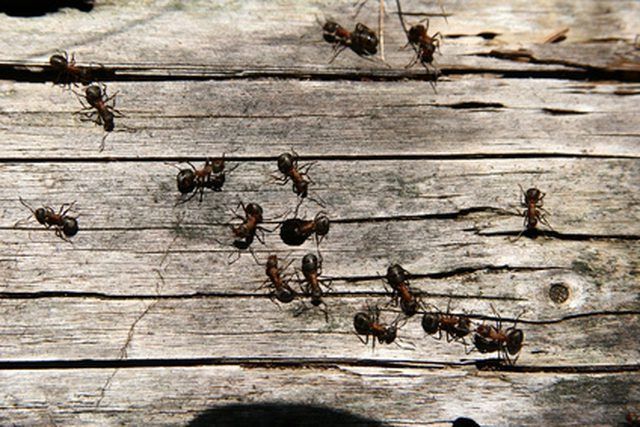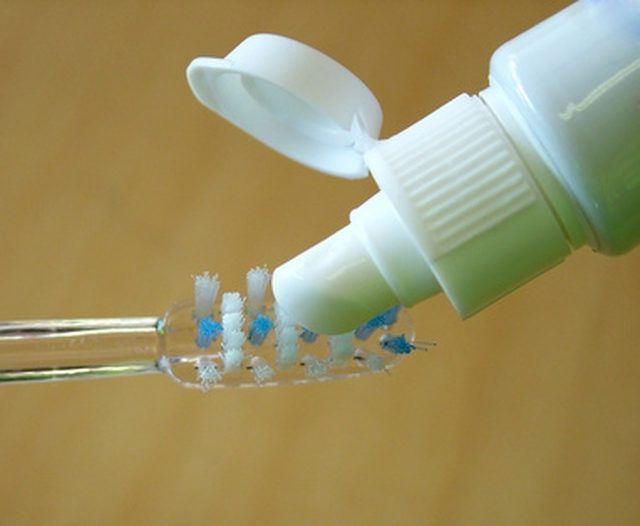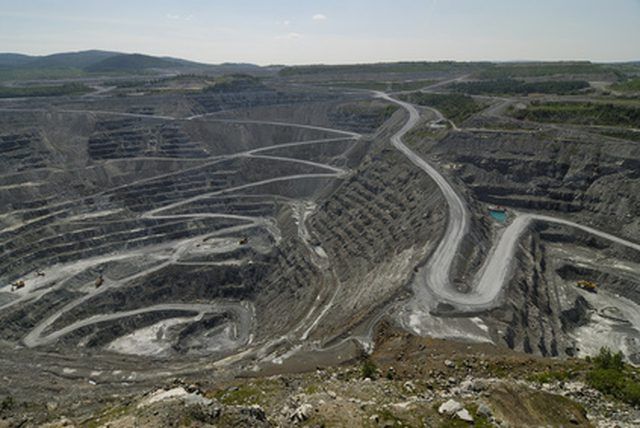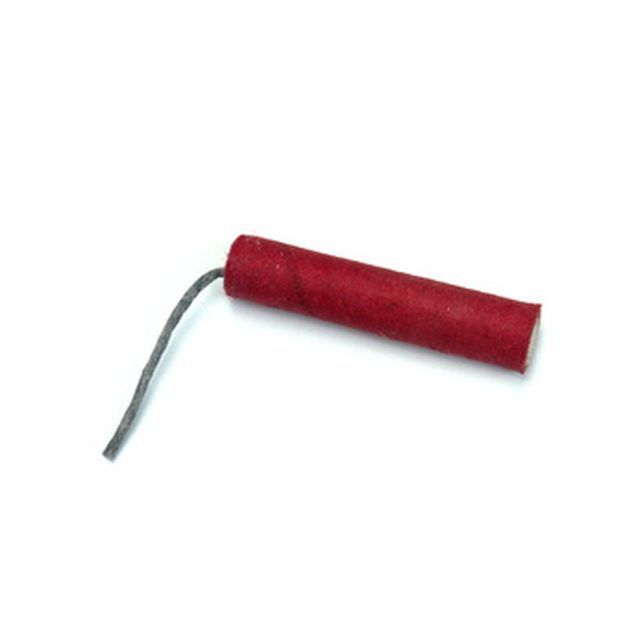Bulbs
Flower Basics
Flower Beds & Specialty Gardens
Flower Garden
Garden Furniture
Garden Gnomes
Garden Seeds
Garden Sheds
Garden Statues
Garden Tools & Supplies
Gardening Basics
Green & Organic
Groundcovers & Vines
Growing Annuals
Growing Basil
Growing Beans
Growing Berries
Growing Blueberries
Growing Cactus
Growing Corn
Growing Cotton
Growing Edibles
Growing Flowers
Growing Garlic
Growing Grapes
Growing Grass
Growing Herbs
Growing Jasmine
Growing Mint
Growing Mushrooms
Orchids
Growing Peanuts
Growing Perennials
Growing Plants
Growing Rosemary
Growing Roses
Growing Strawberries
Growing Sunflowers
Growing Thyme
Growing Tomatoes
Growing Tulips
Growing Vegetables
Herb Basics
Herb Garden
Indoor Growing
Landscaping Basics
Landscaping Patios
Landscaping Plants
Landscaping Shrubs
Landscaping Trees
Landscaping Walks & Pathways
Lawn Basics
Lawn Maintenance
Lawn Mowers
Lawn Ornaments
Lawn Planting
Lawn Tools
Outdoor Growing
Overall Landscape Planning
Pests, Weeds & Problems
Plant Basics
Rock Garden
Rose Garden
Shrubs
Soil
Specialty Gardens
Trees
Vegetable Garden
Yard Maintenance
Diatomaceous Earth Vs. Fullers Earth
Diatomaceous Earth Vs. Fullers Earth. Fuller's earth and diatomaceous earth are sold commercially for use as a filtration medium, insecticide, dietary supplement and for many other applications. Although they share many of the same uses and are both composed primarily of silica, these two substances form in very different ways. One is a type of...

Fuller's earth and diatomaceous earth are sold commercially for use as a filtration medium, insecticide, dietary supplement and for many other applications. Although they share many of the same uses and are both composed primarily of silica, these two substances form in very different ways. One is a type of clay while the other is formed from microscopic organisms called phytoplankton.
Fuller's Earth
Fuller's earth, so named due to its traditional use by textile workers (fullers), is a type of clay composed primarily of aluminum silicates. Once crushed and dried, fuller's earth possesses an extraordinary ability to adsorb impurities such as oils and grease. Its purpose in the textile industry has historically been to clean raw wool and other fabrics. It is still used for this purpose today, as well as in cosmetics, medical settings and as the primary ingredient in cat litter.

Diatomaceous Earth
Diatomaceous earth is a sedimentary rock also known as diatomite. In contrast to fuller's earth, which can be one of several types of silica-rich clay, diatomite is actually composed of the compressed skeletons of aquatic plants called diatoms. Diatoms are microscopic, unicellular plants whose cell walls, also called tests, are composed of silica. Like fuller's earth, diatomaceous earth has a number of uses. The most common are as a filtration medium or as a mild abrasive.

Extraction
Both fuller's and diatomaceous earth must be mined and processed before they can be used in industry or the household. Open pit mining is the norm for these substances, rather than the shaft mines used to extract coal and gold. Georgia and Florida are the major producers of fuller's earth in the United Sates. Santa Barbara County in California leads U.S. production of diatomaceous earth, but there are also mines in Nevada, Washington and Oregon.

Interesting Facts
Diatomaceous earth and fuller's earth both have an interesting history. Alfred Nobel used diatomaceous earth to make nitroglycerin more stable, and therefore more safe to handle. By mixing nitroglycerin with diatomaceous earth, Nobel created the substance that made his reputation: dynamite. Fuller's earth has a literary history thanks to author Sir Arthur Conan Doyle. In the Sherlock Holmes story "The Adventure of the Engineer's Thumb," counterfeiters try to get a man to repair their printing press by telling him they use it to press blocks of fuller's earth.

Warning
While it is true that fuller's and diatomaceous earth are both commonly used as food additives, care should be taken when purchasing these products for use at home. Many types of these products are available to purchase online, and you should make absolutely certain that the product you buy is labeled "food grade." Products intended for use in industrial settings can be extremely toxic if ingested or applied to the skin.
